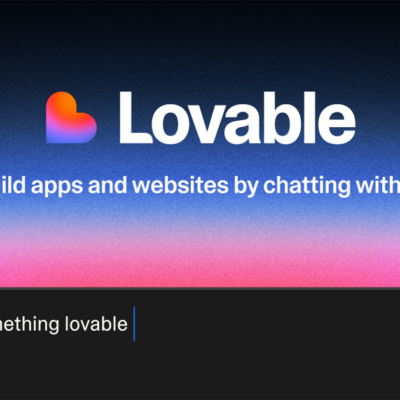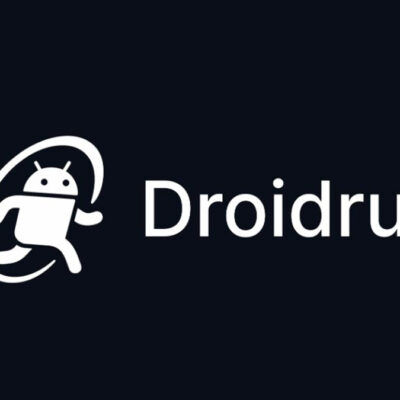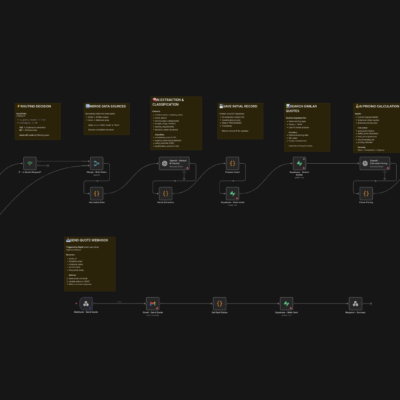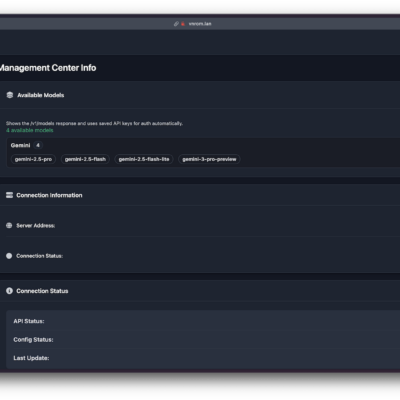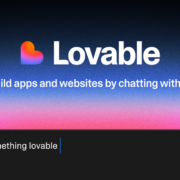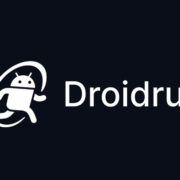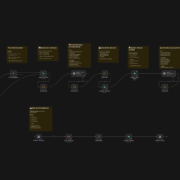In the ever-evolving landscape of digital tools, workflow automation platforms have become indispensable for businesses and individual developers alike. Two prominent open-source contenders, n8n and Flowise, frequently enter the conversation, each offering unique strengths. While both empower users to build sophisticated systems, they cater to distinctly different needs. Having spent considerable time working with various automation tools, I often encounter the challenge of discerning which platform aligns best with specific project requirements. Let’s delve into a comprehensive comparison to help you make an informed decision.
Understanding n8n: The versatile swiss army knife of automation
When I think of n8n, the analogy of a “swiss army knife” immediately comes to mind. It’s an incredibly versatile and powerful open-source workflow automation platform designed to connect virtually any application or service, automate repetitive tasks, and execute complex business logic. Its strength lies in its broad applicability, making it suitable for a vast array of use cases beyond just basic integrations.
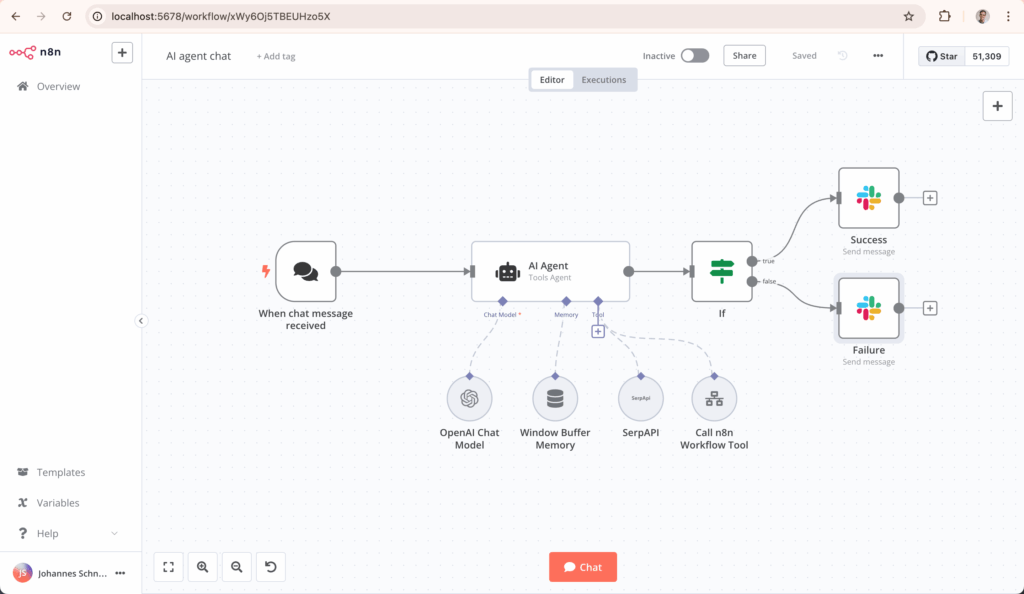
Key features and capabilities:
- Extensive integration library: n8n boasts an impressive library of over 400 pre-built integrations (referred to as “nodes”). This means you can connect popular web services like crms (e.g., salesforce, hubspot), communication tools (e.g., slack, discord), databases (e.g., postgresql, mongodb), marketing platforms (e.g., mailchimp, activecampaign), and much more, often with just a few clicks. This breadth makes it a go-to for harmonizing disparate systems within an organization.
- Powerful custom code execution: for scenarios where pre-built nodes aren’t enough, n8n truly shines with its ability to execute custom javascript or python code directly within your workflows. This feature is a game-changer for advanced users, allowing for complex data transformations, custom api calls to services not yet integrated, or implementing highly specific business rules that require programmatic logic. It essentially turns n8n into a full-fledged development environment for your automations.
- Visual workflow builder: at its core, n8n offers an intuitive drag-and-drop interface for building workflows. You visually connect nodes, defining the flow of data and actions. While this visual approach simplifies complex processes, the sheer number of options and the depth of customization available mean there’s a learning curve, especially for those new to automation concepts or without a technical background.
- Robustness and scalability: built for reliability, n8n can handle everything from simple, single-task automations to complex, enterprise-grade workflows managing high volumes of data and intricate dependencies. Its architecture supports parallel execution and error handling, making it resilient in production environments.
- Deployment flexibility: n8n offers significant flexibility in how it can be deployed. You can opt for their cloud-hosted service, which provides convenience and managed infrastructure. Alternatively, its open-source nature allows for self-hosting on your own servers or cloud infrastructure. This self-hosting capability is particularly appealing to teams that require complete control over their data, adhere to strict security compliance, or prefer to manage their resources independently.
Ideal use cases for n8n:
- General business process automation: automating repetitive tasks across marketing, sales, hr, it, and finance departments. think lead nurturing, invoice processing, data synchronization between systems, or internal notifications.
- Data integration and etl: moving and transforming data between various applications and databases.
- Custom api integrations: connecting to proprietary systems or niche services without a readily available integration.
- Complex conditional logic: building workflows that require intricate decision-making based on dynamic data.
- Developer tools & devops automation: automating deployment pipelines, managing cloud resources, or orchestrating various development tools.
Exploring flowise: the specialized low-code ai builder
In contrast to n8n’s broad scope, Flowise takes a more specialized approach, laser-focused on the burgeoning field of artificial intelligence, particularly large language models (llms). It’s also an open-source platform, but its design philosophy centers around making the development of ai-powered applications accessible and efficient, especially for those working with conversational ai and intelligent agents.
Key features and capabilities:
- LLM-centric design: Flowise is purpose-built for creating applications that leverage llms (like openai’s gpt models, hugging face models, or google’s gemini). Its core components are designed to facilitate prompt engineering, manage conversational memory, integrate with vector databases for retrieval-augmented generation (rag), and chain together various ai functionalities.
- Simpler, ai-focused interface: the user interface in Flowise is intentionally more streamlined and beginner-friendly, particularly for those familiar with concepts from langchain or similar llm orchestration frameworks. It simplifies the process of connecting llm models, defining prompts, and building complex conversational flows without requiring deep coding knowledge. This low-code approach accelerates experimentation and rapid prototyping of ai applications.
- Specialized ai components: while it doesn’t offer the sheer number of general integrations that n8n does, Flowise compensates with deep support for ai-specific components. This includes nodes for different llm providers, text embedders, document loaders, vector stores, agents, and various types of chains (e.g., sequential chains, summarization chains).
- Prompt engineering sandbox: Flowise provides an excellent environment for experimenting with prompts and observing their output. This is crucial for refining the behavior of your ai agents and ensuring they respond as intended.
- Community and ecosystem: as an open-source project, Flowise benefits from a growing community that contributes to its development and shares best practices for building ai applications.
Limitations to consider:
- Limited general integrations: if your project requires connecting to a wide array of non-ai specific business applications (e.g., erp systems, email marketing platforms) in the way n8n does, Flowise might feel restrictive. Its strength lies in the ai layer, not broad system orchestration.
- Less optimized for large-scale enterprise deployments (general automation): while it can build sophisticated ai agents, Flowise is generally less optimized for the same breadth of enterprise-level general automation tasks that n8n handles. Its focus on ai means some features like robust custom code execution for non-ai tasks or comprehensive web scraping might not be as mature or readily available out-of-the-box compared to n8n.
Ideal use cases for flowise:
- Building intelligent chatbots: creating customer service bots, internal knowledge base assistants, or interactive ai companions.
- AI agents: developing agents that can perform tasks, answer complex queries, or generate content based on user input.
- Proof-of-concept for llm applications: rapidly prototyping and testing ideas for ai-powered solutions.
- Content generation and summarization: building tools that leverage llms to create text, summarize documents, or extract information.
- Retrieval-augmented generation (RAG): developing systems that combine llm capabilities with external data sources for more accurate and contextually rich responses.
n8n vs Flowise: Choosing the right tool for your project
The choice between n8n and Flowise isn’t about which one is inherently “better,” but rather which one is the better fit for your specific project’s needs and your team’s technical comfort level.
Here’s a breakdown to help you decide:
- Choose n8n if:
- You need broad automation capabilities across many different applications and services.
- Your workflows involve complex custom logic, data manipulation, or require running custom javascript/python code extensively.
- You need to integrate a wide variety of tools that are not necessarily ai-focused.
- You prioritize robustness, scalability, and flexibility in deployment (cloud or self-hosted) for enterprise-level general automation.
- Your team has a more technical background or is willing to invest time in learning a powerful, comprehensive platform.
- Choose flowise if:
- Your primary focus is on building llm-empowered applications, ai agents, or smart chatbots.
- You want a streamlined, specialized, low-code interface for prompt engineering and chaining ai components.
- You need to rapidly prototype and experiment with different llm models and configurations.
- Your use case is heavily centered around conversational ai, content generation, or knowledge retrieval powered by llms.
- You prefer a more beginner-friendly experience specifically within the ai development sphere.
Leveraging both: The ultimate power duo
Interestingly, I’ve observed a growing trend where teams don’t choose one over the other but instead leverage both n8n and Flowise in conjunction. This combined approach allows them to harness the unique strengths of each platform.
For example, you might:
- Use flowise to build and manage your sophisticated ai agents and chatbots. This is where the core ai intelligence resides, handling the llm interactions, conversational memory, and data retrieval from vector stores.
- Use n8n to orchestrate the broader context around these ai agents. This could involve:
- Triggering the ai agent: n8n can receive data from various sources (webhooks, crms, databases) and pass it to your Flowise-built ai agent.
- Handling pre- and post-processing: n8n can preprocess data before sending it to Flowise (e.g., cleaning, formatting) and then take the output from Flowise to update other systems (e.g., log conversations in a database, send follow-up emails, create tasks in project management software).
- Integrating the ai agent with legacy systems: if your ai agent needs to interact with an older, internal system not easily integrated directly by Flowise, n8n can act as the bridge.
- Managing large-scale data flows: n8n’s robust data handling capabilities make it ideal for feeding large datasets into Flowise for processing or for distributing Flowise’s output to multiple destinations.
This symbiotic relationship allows you to get the best of both worlds: the specialized, efficient ai development environment of Flowise combined with the extensive integration and workflow orchestration power of n8n.
Conclusion
Ultimately, the optimal tool for your project is the one that aligns most closely with your specific requirements, technical capabilities, and long-term goals. n8n stands out as a robust, flexible, and broadly capable workflow automation platform, ideal for integrating diverse systems and handling complex business logic. Flowise, on the other hand, is a focused and efficient low-code builder specifically designed for the nuances of ai and llm applications.
By understanding their core philosophies and capabilities, you can confidently select the platform that will empower you to build smarter, faster, and more powerful workflows. And for those ambitious projects that span both general automation and cutting-edge ai, don’t hesitate to consider the synergistic power of deploying both.

